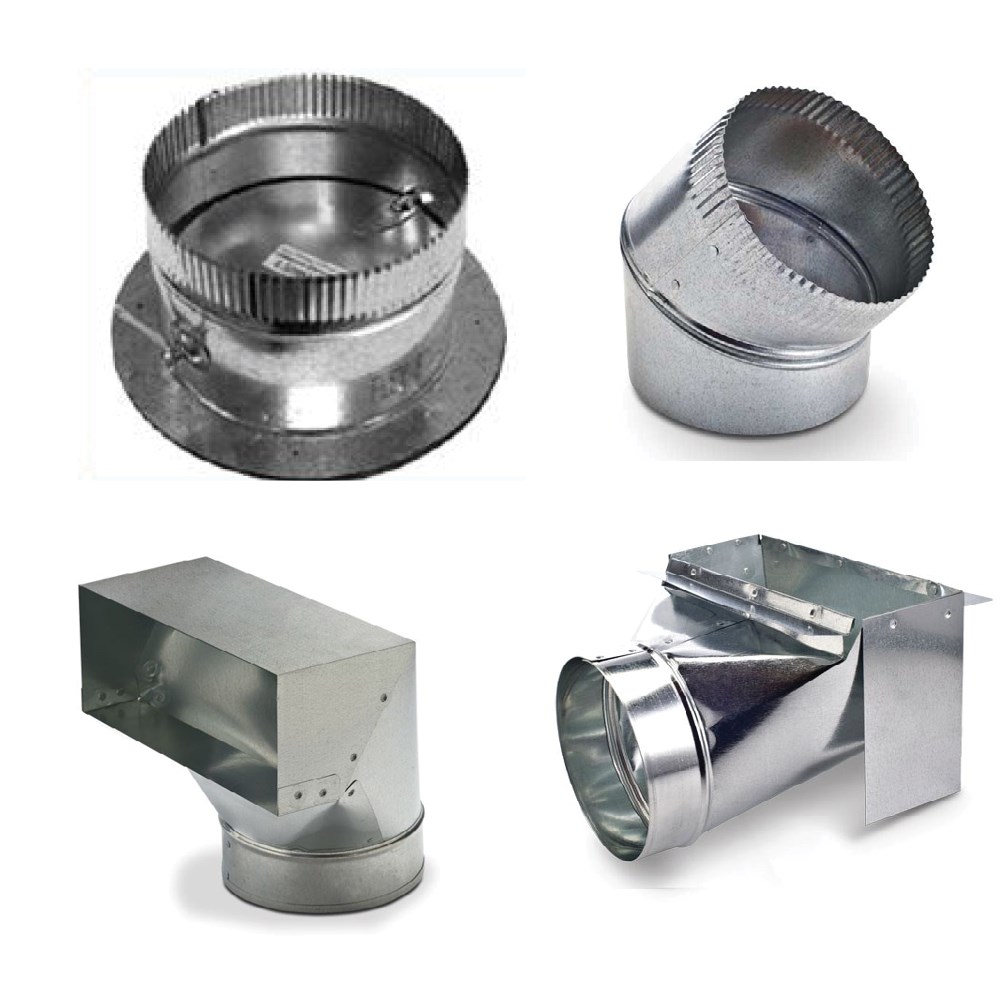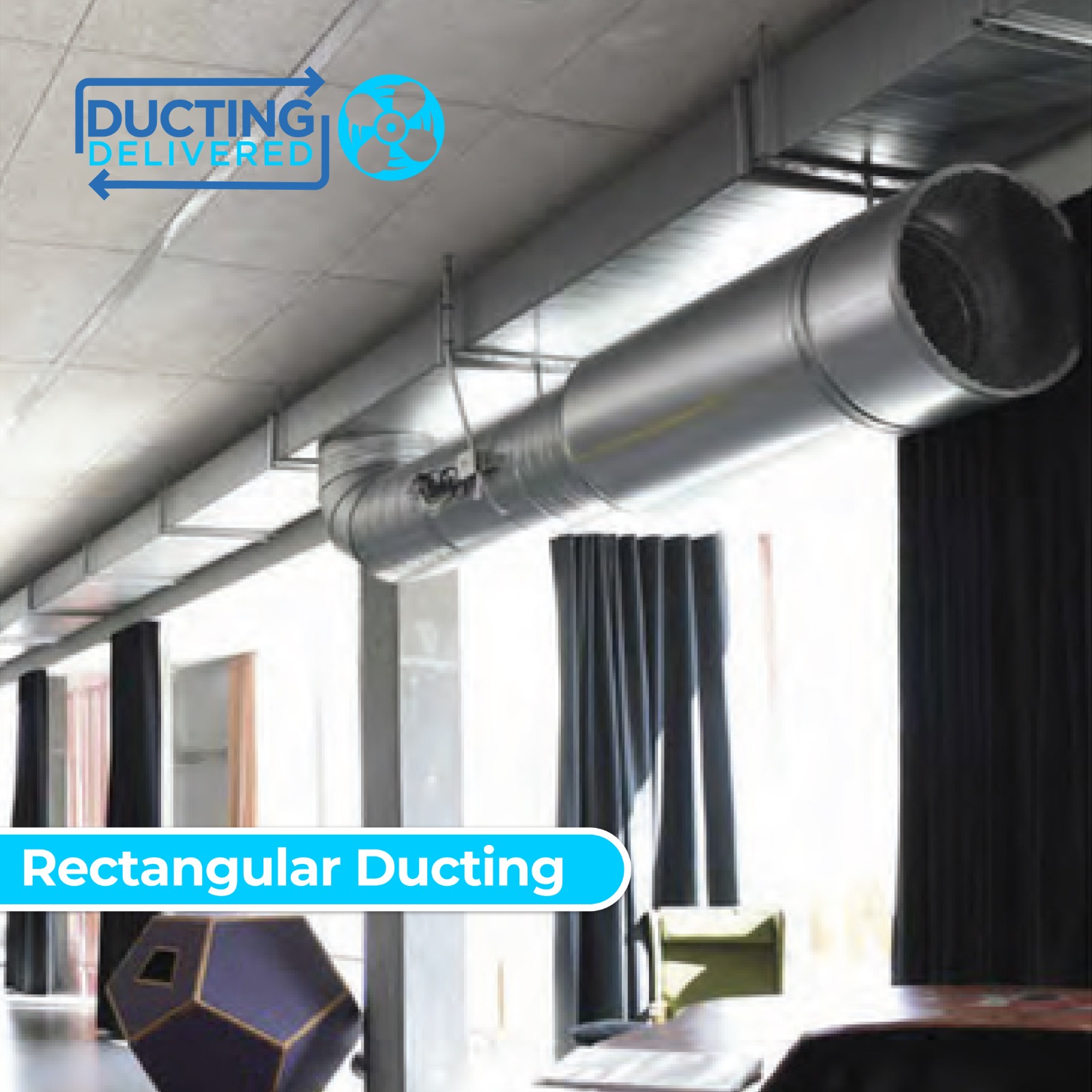What are the essential factors to consider when selecting ventilation ducting supplies for a commercial building
When selecting ventilation ducting supplies for a commercial building, several crucial factors must be taken into account to ensure an efficient, safe, and cost-effective system. These factors include the type of ducting material, the size and design of the ducts, air flow requirements, noise levels, and maintenance needs.
1. Ducting Material:
The material of the ducting is fundamental in determining the system’s efficiency and durability. Common materials include galvanized steel, aluminum, and flexible plastic. Galvanized steel is favored for its strength and durability, making it suitable for high-pressure systems and environments with extreme temperatures. Aluminum is lightweight and resistant to corrosion, ideal for moderate temperature conditions and easier installation. Flexible plastic ducts are often used for smaller or less critical systems due to their ease of installation but may not offer the same longevity or efficiency.
2. Duct Size and Design:
Proper sizing of ducts is essential for maintaining optimal airflow and energy efficiency. Ducts that are too small can restrict airflow, leading to increased energy consumption and potential system failure. Conversely, ducts that are too large may lead to excessive energy loss and inefficient operation. The design of the duct system should also be considered; it should minimize bends and turns to reduce air resistance and ensure smooth airflow. A well-designed duct system will enhance the overall performance of the ventilation system.
3. Air Flow Requirements:
Understanding the specific airflow requirements of the commercial building is critical. This includes calculating the volume of air needed to be moved, which is often expressed in cubic feet per minute (CFM). Accurate calculations help in selecting the right size and type of ducts to ensure the ventilation system meets the building’s needs efficiently. Consideration should also be given to the distribution of air to various areas of the building to ensure even ventilation.
4. Noise Levels:
Ventilation systems can generate noise, which may be a concern in commercial settings where a quiet environment is desirable. The choice of ducting materials and design can influence the level of noise produced. For example, metal ducts tend to be noisier than insulated flexible ducts. Insulation and acoustic treatments can help in reducing noise levels, so it is important to select ducting supplies that consider both acoustic performance and functional efficiency.
5. Maintenance Needs:
Regular maintenance of ducting systems is crucial for ensuring long-term performance and preventing issues such as leaks or blockages. The chosen ducting material should be easy to clean and maintain. For instance, smooth internal surfaces are preferable as they facilitate easier cleaning compared to rough surfaces. Additionally, accessibility for maintenance and repairs should be factored into the duct system’s design. Ducts should be designed and installed in a way that allows for easy inspection and maintenance.
6. Compliance with Standards:
Finally, it is essential to ensure that the selected ducting supplies comply with relevant building codes and standards. Compliance with these regulations ensures that the system is safe, efficient, and legally compliant. Different regions may have specific standards related to fire safety, energy efficiency, and ventilation requirements, which should be adhered to when selecting ducting supplies.
In conclusion, selecting the right ventilation ducting supplies for a commercial building involves a thorough consideration of material, size, design, airflow requirements, noise levels, maintenance needs, and compliance with standards. By addressing these factors, you can ensure an efficient, reliable, and effective ventilation system that meets the building’s needs and contributes to a comfortable and safe environment.


